An infant car seat is a must-have for most everyone, that’s why it’s the best place to start your baby gear buying journey.
That’s right. You’ll need a car seat to drive home from the hospital or birthing center–either an infant car or a convertible car seat, which is rear facing until your baby outgrows that mode, then you’ll switch it to forward facing mode.
Exception: If you’ll be walking home from the hospital with your baby, like you might if you live in New York City, you won’t need a car seat from day one. But you probably won’t be able to just leave the hospital just by carrying your baby. As per hospital or your birthing center’s policy, you may be required to leave with your baby in a stroller with a near-flat seat recline like the BabyJogger City Mini G2, a stroller with a bassinet or a soft infant carrier. So, just keep that in mind.
Shopping shortcut: Pick the infant car seat first, then a corresponding stroller or stroller frame. It’s just easier to do it in that order.
In this post, we’ll cover the most important details and best practices for buying an infant car seat. Note: This post may contain affiliate links, meaning I get a commission if you decide to make a purchase through my links to recommended products, at no cost to you.
What’s the best infant car seat?
That’s what everyone wants to know. Truth is, the best car seats fit your child’s age, weight, height and your car. And it’s installed correctly, including harnessing your child in the seat. Across the board, all car seats sold in the U.S. must meet the same federal motor vehicle safety standard (FMVSS) 213. So, consider any car seat sold in the U.S. safe and potentially the best for you and your family.
But let’s drill down.
There are three main types of car seats for infants:
- Infant car seat: It’s specifically designed for infants and rear facing only–installed in your car’s back seat, facing the back seat. If offers a bucket-like cocoon and functions as a baby carrier.
- Convertible car seat: It goes both directions. At first, you’ll use a convertible car seat in rear facing mode, then turn it forward facing when your baby maxes out of the specifications of seat’s rear facing mode. In Connecticut, for example, you can turn your baby forward facing when you baby is at least 2 years old and 30 pounds. Check your state’s car seat laws. Some convertible car seats are also rotating car seats, which turn from back to front or 360 degrees so it’s easier to get your kiddo in/out of the seat without twisting.
- All in one car seat: These “one and done” seats grow with your child. You’ll start in rear-facing mode and transition the seat through the stages to a belt-positioning booster. All in one car seats are for kiddos 4 to 120 pounds and up to 57 inches tall. An all in one car seat can be pricey, but it may be the only car seat you’ll need to buy until your child is out of the car seat stage (at around age 8 or 9).
All of these type of car seats are suitable for infants and can be used from day one, rear facing. Safety note: Kiddos are five times safer riding rear facing until age 2 because the rear-facing mode spreads crash force energy over a larger area.
Which type of car seat to choose? BabyProductsMom recommends starting with an infant car seat for your main vehicle. A rear-facing care is more convenient for taking an sleeping infant in/out of a car, with less risk of waking up your baby. Your baby stays in the bucket part of the car seat, which may snap into a base in your car (or not). Babies sleep a lot, up to 17 hours per day in the first year, which is why you’ll likely find yourself “toting the bucket” with a sleeping baby often.
For a car you don’t drive as often, such as for your second car or for a grandparent’s car, go ahead and select another infant car seat or a second base. Or, go with a convertible or all in one car seat because you won’t need the convenience of toting the bucket so often. Convertible and all in one car seats always stay in the car. There’s no bucket to tote.
3 Big Features to consider
1. Safety upgrades
All car seats sold in the U.S. must meet FMVSS 213. But some car seats have added safety features that can potentially make a car seat more stable (less movement) in the event of a crash, which may translate to less risk of injury. These added safety features exceed federal government safety standards, FMVSS 213. Here are three added safety features some infant car seats offer:
Safety upgrade #1: Load leg
A load leg is a safety design that gives extra support and stabilization that reduces crash energy to the child in a crash. Some manufacturers of car seats with load legs say it reduces crash forces up to 50%. Most vehicles can accommodate a car seat with a load leg.
Safety upgrade #2: Anti-rebound bar
Generally made of padded steel, an anti-rebound bar limits the amount of rebound movement–movement of the car seat into the vehicle’s back seat–in the event of front-impact crash by up to 40 percent. During a front-end collision crash, the car seat will rotate toward the front of the car. But when it rebounds towards the back of the car as expected, the anti-rebound bar catches on the backseat and halts the rebound movement of the car seat.An anti-rebound bar forms a rigid L shape against your car’s backset to limit rebound motion so your baby’s head is less likely to hit the back of the seat in the event of a front or backend collision.
Some car seats are designed so that the carry handle becomes an an anti-rebound bar when it’s in the rebound position, such as the Doona car seat stroller.
Car seats with an anti-rebound bar can be used in all vehicles. The only issue? A car seat with an anti-rebound bar may take up more room, increasing the front to back footprint of the car seat. In other words, it may take up too much space to be a good, safe fit for your car, so keep that in mind when you’re car seat shopping, especially if you have a smallish car.
On some infant car seats, the anti-rebound bar is optional. Other manufacturers require using an anti-rebound bar because their car seats are safety-tested with it. But one thing is for sure: If the anti-rebound bar is integrated into the car seat or car seat base, there’s no question: You should use it.
Safety upgrade #3: Lock-off
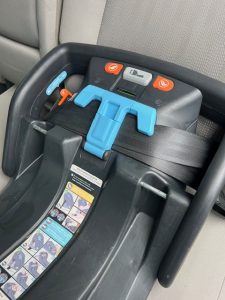
Lock-off on the UPPABaby Mesa infant car seat base, in blue.
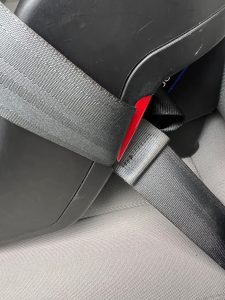
The lock-off on this Britax infant car seat is red.
A lock off is a built-in safety feature built into a car seat that locks the seatbelt at either the lap, shoulder or both. When you install the car seat with the seat belt, a lock-off secures the seatbelt so that it can’t loosen; your tight car seat installation will stay tight. A lock-off is usually a bright color, such as red, blue, yellow or orange. When you’re car seat shopping, especially if you will be installing the car seat with the seat belt, look for a lock-off whenever possible.
Generally, Babyproductsmom recommends buying an infant car seat with a load leg, an anti-rebound bar and a lock-off, if you will be installing it with the seat belt rather than the Latch system. But if you like a car seat without these added safety features, no worries. For example, one infant car seat I own and love is the Nuna Urbn. It doesn’t have an anti-rebound bar or a load leg, but what it does have are rigid Latch connectors, which connect to the dedicated metal anchors in your car. So, there’s no car seat base to install or lug around. Wee! It would make an especially great option if you’re in and out of taxis and ride shares often. And the Nuna Urbn is super lightweight, at just seven pounds.
Remember, all car seats sold in the U.S. must meet federal motor vehicle safety standard 213, providing this baseline level of safety.
You’ll find infant car seats with these and other added safety features at all price points. Here’s a sampling.
2. Weight of the infant car seat without the base
Since you’ll most likely be using an infant car seat as a baby carrier, you’ll be carrying around baby weight and the weight of the carrier, which can quickly add up as your baby grows.
The good news is that infant car seats are lighter than ever these days. Many infant car seats without the base weigh in the range of 10 pounds.
Still, if the average 6 month old baby weighs 16 pounds and the car seat itself weighs 10 pounds, you could soon find yourself lugging around 26 pounds of baby and car seat weight, which could be a painful, especially if you carry the car seat on your forearm like a purse.
Even if you’re in great shape, that’s a recipe for neck, back and shoulder pain for sure.
At just 6 pounds, 9 ounces, it’s the lightest infant car seat on the market. It features a load leg in the base, but no anti-rebound bar.
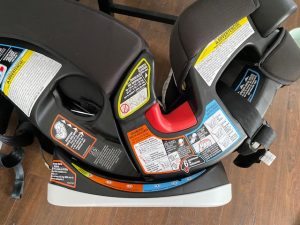
Safety tip: When installing an infant car seat, consult the owner’s manual, watch the manufacturer’s installation video and consult your car manual. But for quick how-tos, just read the fine-print labels on the side of the car seat. Everything you need to know to install your baby’s car seat correctly is right there.
Shopping
For budget watchers eager to simplify their car seat search, consider focusing in one brand, such as Graco. It’s BabyProductsmom’s favorite value car seat and stroller brand, with models that feature the latest premium safety features. (More on premium safety features in a minute.)
More car seats to consider for your baby registry list:
These infant car seats don’t have a load leg or an anti-rebound bar but they’re still super popular and worth considering:
Exception:
Shopping shortcut: An All-in-One Car Seat, such as the Graco 4Ever or the Britax One4Life. The Britax One4Life offers Clicktight installation, which makes installation and adjusting as your child grows super easy. The Graco 4Ever is also easy to install and adjust as your child grows.
All most all car seat manufacturers make an all in one car seat these days.
Pro: You can use from day (in rear-facing mode) then later forward-facing until you’re baby is 120 lbs and 63 inches tall!
Con: You won’t get the cozy nest that an infant car seat offers and you won’t have an infant car seat to transport your baby around in, which is helpful.
Never miss a post. If you haven’t already, be sure to sign up to receive Babyproductsmom posts and special offers by e-mail.
Copyright Sandra Gordon Writing Resources LLC
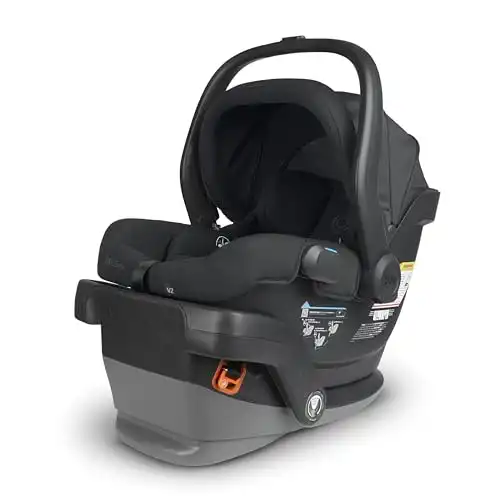
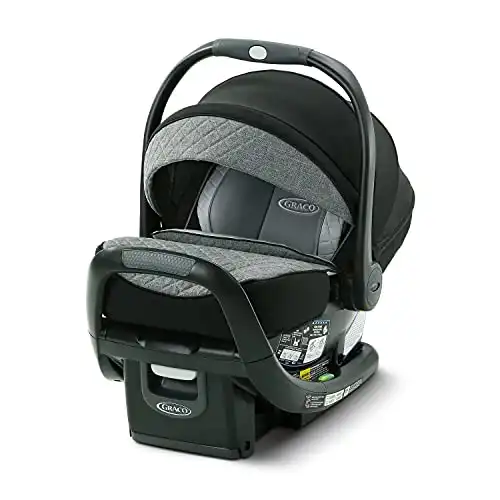
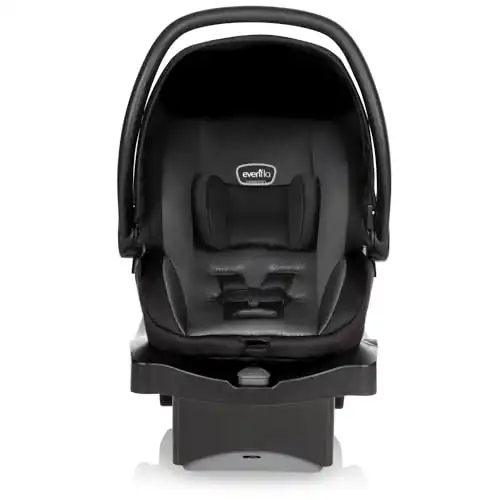
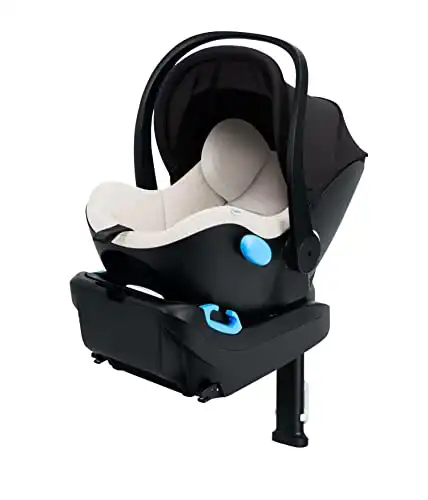
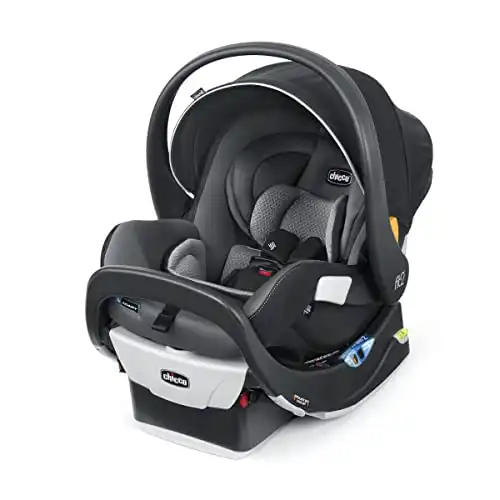
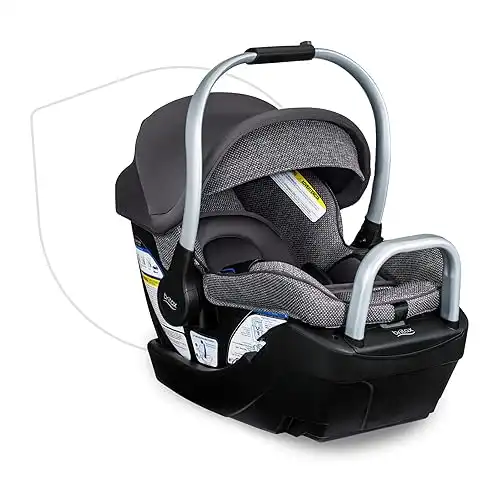
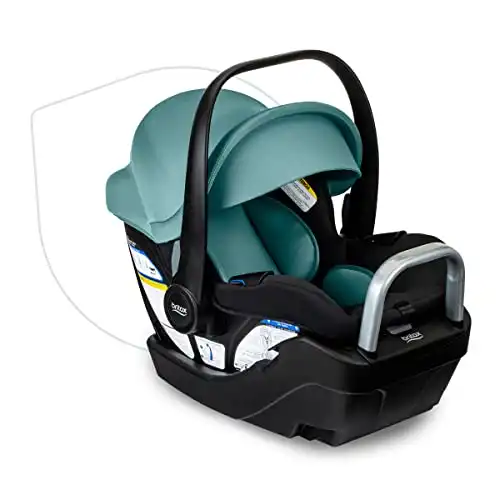
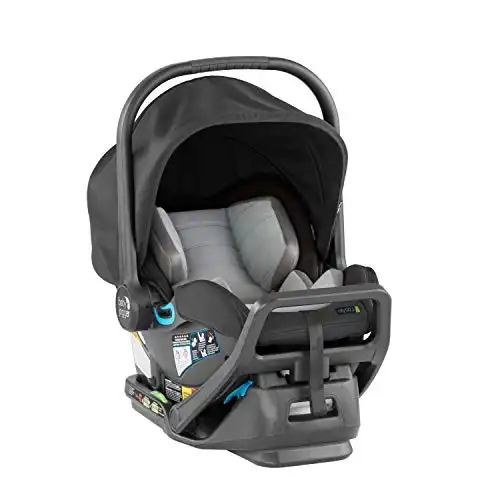
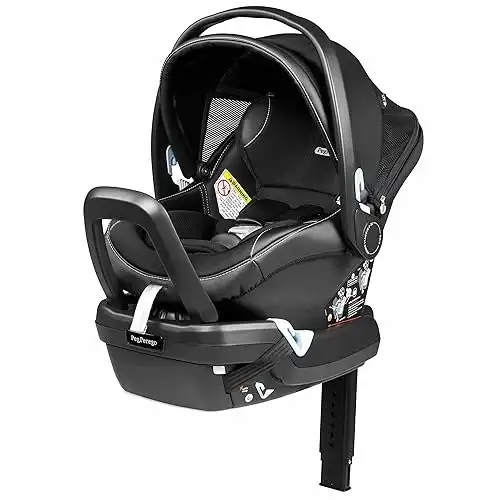
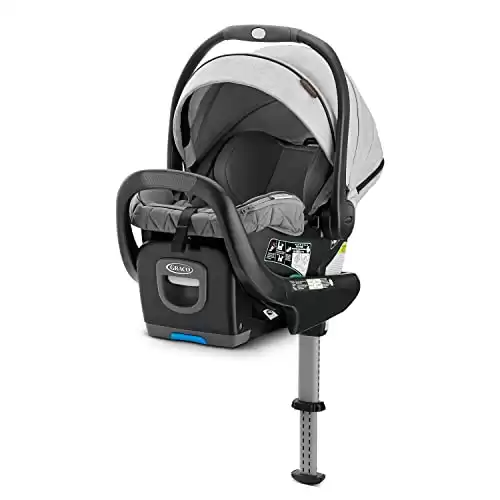
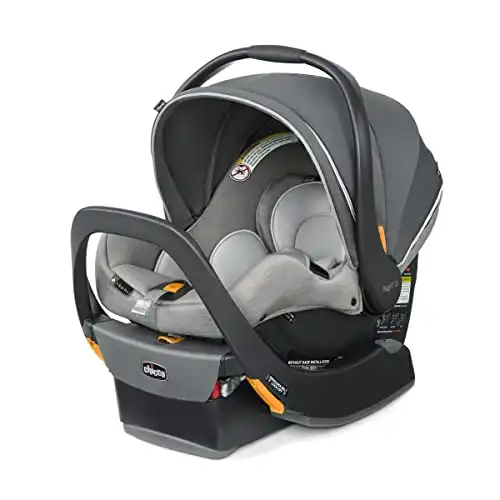
Tottaa Agency offers elite Call girls kota services for those seeking luxury and satisfaction. Our beautiful kota escorts deliver unforgettable companionship, romance, and genuine pleasure.
Website – https://in.tottaa.com/call-girls/rajasthan/kota
??????? ??????? ??????? ?????? ? ?????????? – https://lepestok.su
This is such a thorough review! I’ve been considering the [brand/model] and was curious about its durability over time. How easy is it to clean, especially after those inevitable spills?
I had no idea there were so many accessories available! The cup holder and weather shield seem essential. Do you have a recommendation for an organizer that fits most stroller types? I’m trying to avoid buying something that doesn’t fit my model! https://babybloglife.com/does-baby-powder-expire/